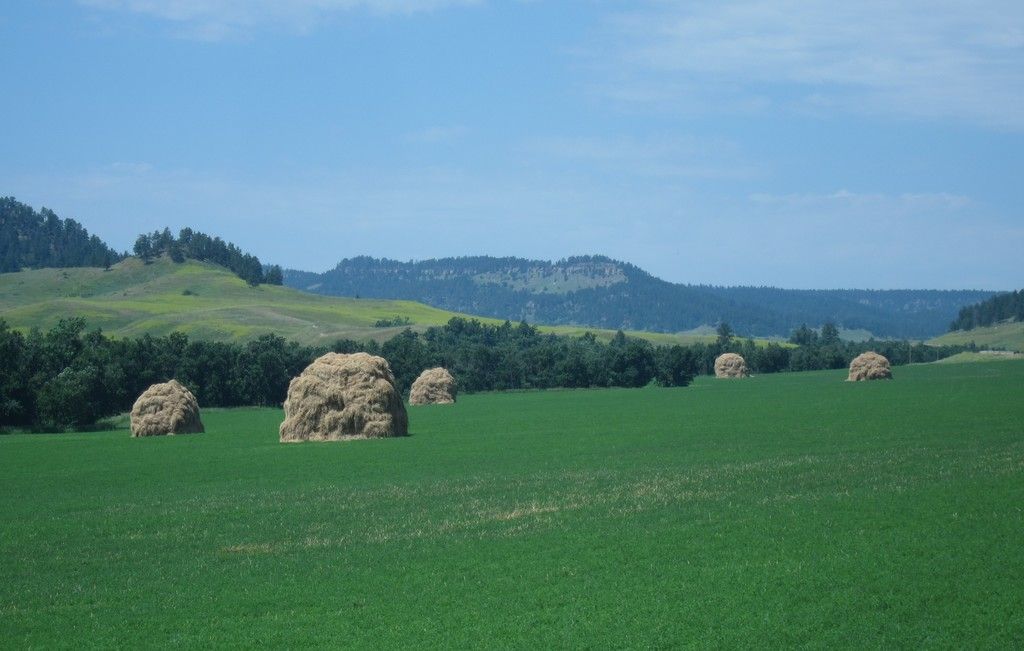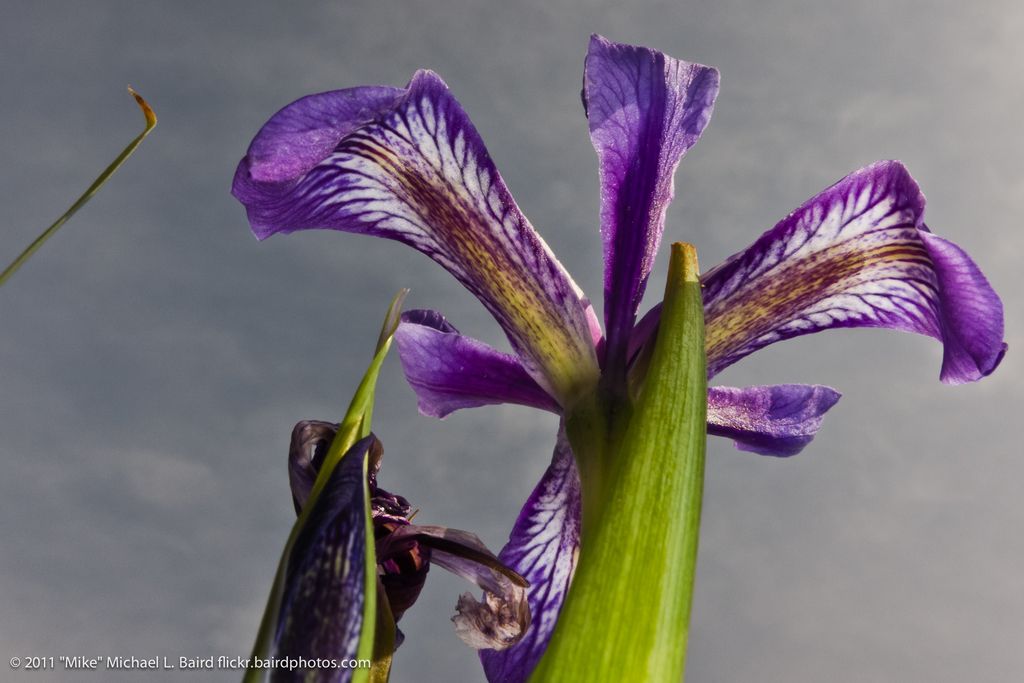Unleashing the Defenses: Pwning Powdery Mildew on Zucchinis
Why You Should Fear the Powdery Mildew Infestation
Early Strategies for Preventing Powdery Mildew on Zucchini Squash Plants
Powdery mildew on zucchinis might seem harmless at first sight, but it's a menace you don't want lurking in your garden. It weakens your beloved vine, can choke off fruit production, and even cause leaves to drop early, cutting your growing season short. Don't let this starve you of your zucchini harvest!
Spy That Shit Early
Catching powdery mildew at its initial stage is your best line of defense. Look out for tiny white or gray spots on the top sides of your zucchini leaves. They might look like dust, but they're no harmless specks. Powdery mildew thrives in humid, dry conditions, and if you ignore it, it'll spread like wildfire.
Air Circulation: Making Room for Your Greens
Zucchinis need space to breathe. Overlapping leaves or crowded plants can trap moisture and let powders take hold. Make sure your plants have enough room to breathe and let air circulate freely. Give them the space they need to dry quickly after watering or rains.
Water Warfare: Hydrate Smarter
Wet leaves are an open invitation for powdery mildew. Avoid overhead watering, as it can leave your leaves wet overnight. Instead, water your zucchinis at their bases using a soaker hose or watering can. This allows the leaves to dry out during the day, making it harder for mildew spores to settle and multiply.
Shedding the Infected: Prune and Be Done
When you see those nasty powdery spots, it's time to be ruthless. Grab your garden scissors and snip off the most infected leaves. Don't compost them, as their spores might still survive and spread. Incinerate, bag, or bury them away from your garden. Clean your tools after pruning to prevent the mildew from jumping to other plants or healthy zucchinis.
Cook up a Homemade Spores-Be-Gone Spray
For a simple solution, whip up a baking soda spray. Mix one tablespoon of baking soda, half a teaspoon of liquid soap, and one gallon of water. Give your leaves a good shower with this mixture, focusing on the top and bottom surfaces. This will change the pH of your leaves and create an inhospitable environment for the little buggers.
Fun-gicide: Unleash the Beast
When powdery mildew gets out of hand, pull out the big guns. Opt for a commercial fungicide labeled safe for veggies. Some recommended choices include neem oil, sulfur spray, or potassium bicarbonate. Spray during colder hours to prevent leaf burn. Keep a consistent regimen to protect new growth and keep the zucchinis from taking a turn for the worse.
Choose Resistant, Adaptable Strains
Start strong with zucchinis labeled as powdery mildew-resistant. These cultivars resist infestations and bounce back faster if they get based by the little critters. Some popular resistant types include 'Dunja,' 'Success PM,' and 'Desert.' Check seed packets or plant tags when shopping.
Mulch it Up: Barrier Against Splash Attacks
When water hits the ground, it can splash fungal spores onto your leaves. This is a common means of transmission, so add a layer of mulch around your plants to act as a barrier and block soil from splashing up onto the leaves. Straw, wood chips, or grass clippings work great. Mulching also helps keep soil moist, prevents weeds, and strengthens roots.
Avoid Overfeeding with High-Nitrogen Fertilizers
Beware of feeding your zucchinis too much nitrogen. This results in plenty of leaves but weakens your plant, making it susceptible to mildew. Opt for a balanced fertilizer with moderate nitrogen, or go organic with compost or aged manure. Horn shavings are a good choice for a slow-release, natural source of nitrogen.
Sanitize the Garden Between Seasons
Once the growing season is over, clean up and get rid of leftover plant debris. These can harbor powdery mildew spores through the winter, only to infect next year's plants. Toss old zucchini plants and grow your next crop in a fresh location to lower the risk of repeating the same fungal problems.
Use Crop Rotation to Mix Things Up
Planting zucchinis in the same location year after year can lead to a buildup of disease pressure in the soil. Powdery mildew spores can lurk in the debris or soil and return even after winter. Rotate zucchinis with unrelated crops to break the fungus lifecycle and make it harder for mildew to reestablish.
Give Your Zucchinis Sunlight
Zucchinis require a minimum of 6 to 8 hours of direct sunlight daily to grow strong and fend off mildew. Sunlight helps leaves dry quickly after rains or watering. Shady spots create moist conditions that encourage powdery mildew.
Keep Your Garden Tools Sanitized
Fungal spores can hitch a ride on your tools, so wipe them down with rubbing alcohol, bleach solution, or soapy water after coming into contact with infected plants. Maintaining clean tools will lower the chances of spreading powdery mildew or other diseases throughout your garden.
Give Your Neighbors Some Space
Powdery mildew travels easily through air and contact, especially between closely spaced crops. Check your zucchinis immediately if you see spots forming on other plants in your garden. Early detection will save your harvest in the long run.
Try Compost Tea to Boost Resilience
Compost tea is a handy tool to strengthen your zucchinis against mildew. Mix compost in water to extract helpful microbes and nutrients that aid in resistance. Spray the mixture onto the leaves and the base of your zucchinis for a natural shield. Apply regularly throughout the growing season to enhance plant resilience.
Embrace the Milk Spray: 'Cause Everything's Better with Milk
Milk spray is another weapon in your arsenal. Mix one part milk with two parts water, and give your leaves a gentle shower. The proteins in milk react with sunlight to create mild antifungal conditions that repel powdery mildew. Bonus: You'll smell like a fresh carton of milk.
Maintaining a healthy home-and-garden lifestyle includes paying attention to the growth of zucchini plants, as powdery mildew can significantly affect their productivity. To keep your garden robust, practice good watering habits, provide enough air circulation, and choose resistant, adaptable zucchini strains. Furthermore, implementing technologies such as a homemade baking soda spray, fungicides, and even milk spray can aid in fighting off powdery mildew infestations.








